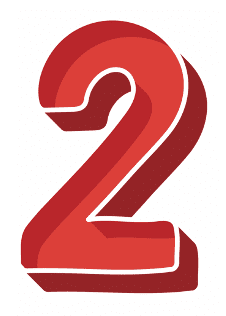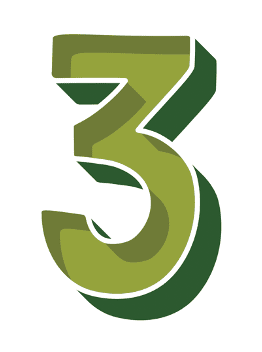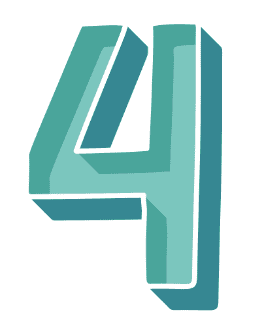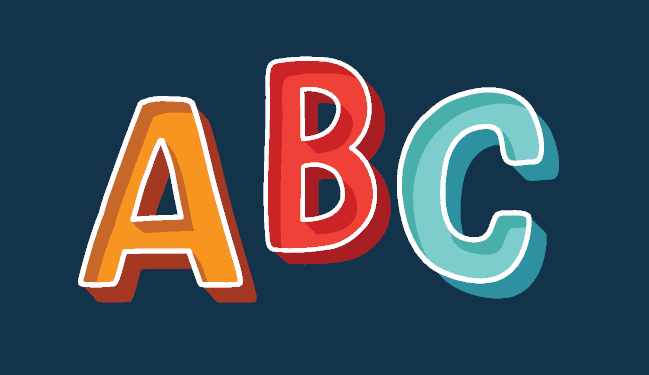One Step at a Time
Reading is one of the most rewarding, yet can be one of the most challenging skills to develop, strengthen and apply as a learner. The ability to access written language opens so many doors, and has proven to be one of the key basic human rights throughout history. Here we discuss the first four steps in the reading ladder, in order, that must be in place in order for a reader to feel and see success as they progress. Each component sub-skill builds on the other in order for learners to discover the world of reading possibilities!

Solidify Underlying Sensory-Cognitive Foundations
Reading requires foundational principles such as phonemic awareness, sound/symbol correlations and symbol imagery are in place. By definition, phonemic awareness is the brain’s ability to identify the number, order and type of sounds within a word, while symbol imagery is your brain’s ability to create a picture of the letters/patterns that correspond. A learner might be able to tell you that “cat” has three sounds, but yet struggles to picture the letters to match those sounds in their mind. Weaknesses in either of these areas can dramatically impact a reader’s ability to sound out new words and recognize sight words in isolation as well as in context.
Quick Tips and Tricks:
- Ask your learner how many sounds a word has and tap out the sounds
- Gauge if your child can “picture the letters for (insert word)” and then ask he/she to airwrite the letters with their finger, watching their finger write and saying the letter names as they do so.
- Use tactile materials like shaving cream, sand or sandpaper to add an element of fun and to strengthen sensory integration.
Apply Underlying Skills to Decoding, Sight Word Recognition, and Encoding

The next step in the reading ladder involves sight words and spelling patterns. Depending on the age and grade, oftentimes, sight words are not phonetic and, thus, cannot be sounded out. Therefore, a learner must be able to use the blackboard of their brain to picture, then recall the sight words with automaticity. After seeing the word enough times in isolation, learners are then ready to apply this recognition into reading the words in paragraphs and retrieving the patterns for spelling purposes.
Quick Tips and Tricks:
- You can easily practice sight words with games- tic tac to, I spy, sight word memory- to name a few. For more ideas, feel free to explore sightwords.com!
- Spelling requires repetition and can be daunting. As a parent myself, I tend to practice them first by asking my kiddos to airwrite them, then by letting them write their words on a mirror or a window with whiteboard markers. Of course, we still want to use sensory language (“What letters do you see for…?”) and materials (chalk, sand, etc.) to reinforce their imagery for each spelling word!

Strengthen Paragraph Reading to Build Stamina, Prosody, and Fluency
At first, reading can be choppy and belaboring. Emerging readers work best when we introduce them to phrases, sentences and then short paragraphs so that they can feel success each step of the way and build stamina as they go. It is helpful to encourage readers to use their finger or a notecard as a tracking device as well to help focus their attention on the line at hand to isolate any potential errors. When an error occurs, wait until the reader has completed the sentence, then read the sentence or a phrase with the error within so that the learner can discover his/her mistake. This takes the pressure off and allows for more receptivity to feedback.
Quick Tips and Tricks:
- Use Leveled Reading passages (without naming the level, color-coding works well) and increase the density and the complexity when they appear ready to take on a new challenge.
- Scan the paragraph beforehand to decode unknown or tricky words.
- Cover the bulk of a passage if density is intimidating or create a window card to highlight a single word or phrase.
Practice, Practice, Practice!

The practice effect is imperative for learners to be able to reach a level of independence while reading. Please keep in mind that just because a learner can access reading materials, it does not mean that they can understand what they are reading and make connections thereafter. We will address the fifth step in the reading ladder – reading comprehension, language processing and critical thinking skills – in a future blog, so that learners can not only learn to read, but read to learn. Stay tuned!
Quick Tips and Tricks:
- It is just as important that readers practice using their newly acquired skills with materials that are at or even below their current reading level. This way, they can feel more confident and continue to progress efficiently!
- Take turns reading to model prosody, rate and comprehension strategies.
- Practice when your learner is most comfortable and engaged to increase positive associations and build confidence.










